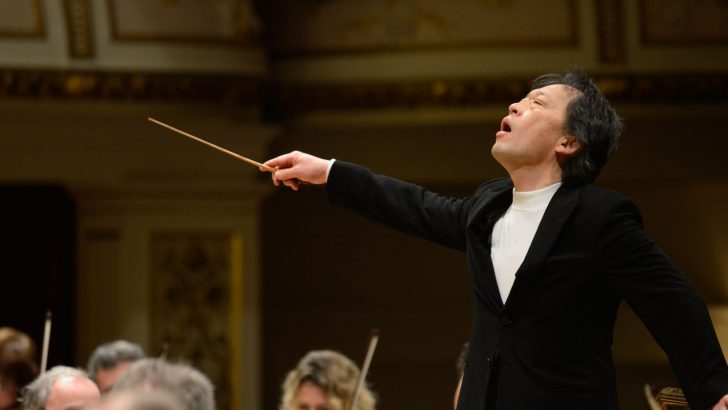Relatively soon after the re-unification of Germany in 1990 I made my first visit to Dresden, capital of the eastern state of Saxony. Although part of a group I extricated myself to attend two performances at the city’s famous Semper Opera House – Wagner’s Tannhäuser, which had its première in the Semper in 1845 and a 20th Century piece – Krzysztof Penderecki’s The Devils of Loudun, commissioned by the Hamburg State Opera and first seen there in 1969.
I returned a few years later for something of a Richard Strauss marathon – ten of his operas staged on ten consecutive evenings. It was an experience that has left a lasting impression. Strauss had a close connection with the Semper having eight of his 15 operas first performed there between 1901 (Feuersnot) and 1938 (Daphne) and including Salome, Elektra and Der Rosenkavalier in between.
Built to the designs of the architect Gottfried Semper and combining something of the earlier Renaissance and Baroque with Corinthian pillars typical of the Greek classical revival, the opera house opened on April 13, 1841. Considered one of the most beautiful theatres in Europe, it suffered a devastating fire in 1869.
The reconstructed building, in a Neo-Renaissance style, opened in 1878.
Tragedy struck again during the Allied bombing of Dresden on February 13/14, 1945 when the house was almost levelled. However, like a phoenix, Semper Opera rose again and reopened forty years later, almost identical in its appearance before the war but with extensive new stage machinery. When the nearby River Elbe flooded Dresden in 2002 the Semper suffered serious water damage but, with considerable international help, the house was back in business some months later.
Origins
But why am I telling you about Dresden’s Semper Opera? Well, its orchestra – the Dresden Staatskapelle – opened the National Concert Hall’s 2019/20 International Series on September 4. The orchestra, one of the oldest in Europe, traces its origins back to 1548 when it was founded by Prince Elector Moritz of Saxony and when Dresden was part of the Holy Roman Empire.
During the 17th Century the orchestra had composers Heinrich Schütz and Michael Praetorius in charge while the 19th Century brought Weber and Wagner to its rostrum.
Wagner referred to the orchestra as his “magic harp” and directed it in the premières of his Rienzi (1842), The Flying Dutchman (1843) and Tannhäuser (1845).
The last century found the eminent figures of Fritz Reiner, Karl Böhm, Herbert Blomstedt, Giuseppe Sinopoli and Bernard Haitink gracing its podium while Christian Thielemann has held the position of principal conductor since 2012.
At the NCH, Staatskapelle Dresden was directed by its Korean principal guest conductor, Myung-Whun Chung, with Beijing-born pianist Yuja Wang the soloist in Rachmaninov’s exceptionally virtuosic 3rd Concerto. I found much in her interpretation beautifully understated but when required Ms Wang produced both weight and strength.
The symphony was Brahms 2nd with the Dresden Staatskapelle’s playing all that one could desire. Steeped in musical feeling and with inspired instrumental brilliance under Myung-Whun Chung, the performance set a remarkable standard that may well be difficult to achieve again in the coming season.


 Myung Whun Chung
Photo: staatskapelle dresden
Myung Whun Chung
Photo: staatskapelle dresden